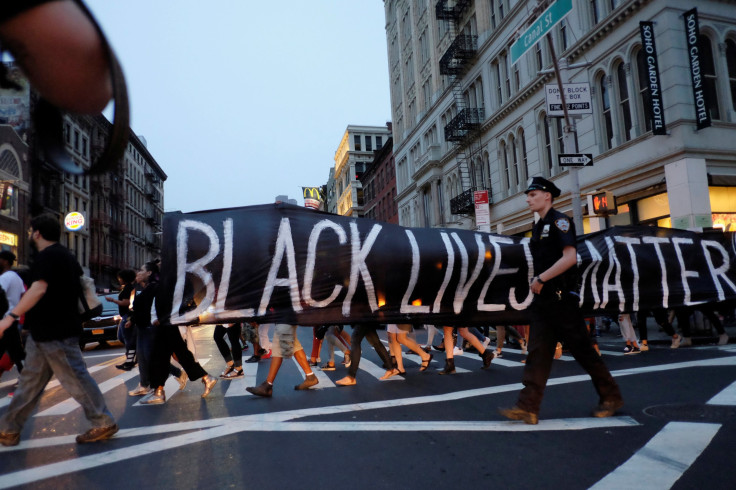Are Black People Safe In The US? Florida Police Shoot Far Fewer Whites For Minor Crimes

Black people were twice as likely to be shot by police in Florida regardless of the alleged crime, according to new report from the Tampa Bay Times, which analyzed local law enforcement data from 2009 to 2014 to reach its findings. The report, published in the form of an interactive, by-the-numbers approach, was based on "police reports, news articles, lawsuits and autopsies," the newspaper said.
Many times, the reasons for the disproportionate number of blacks being shot were for minor offenses.
Read: Florida Police Officer Charged After Shooting Volunteer At Public Demonstration
Out of 827 people being shot in that time span, including all races and ethnicities, 673 were either black or white. Of those 673 people, 343 were black. When removing the number of people who were shot for offenses such as threatening police with guns, there were just 147 people shot by police. Of that 147, 97 of them were black.
Even further, black people were twice as likely to shot after being pulled over by police, including being shot for reaching for items that would turn out to not be weapons at all. The chances of a black person being shot while fleeing on foot increase dramatically, as they were three times as likely to be shot during a foot chase and "four times as likely to be shot in the back," the report found.
There were multiple instances of black people being shot by police in Florida even though no crime was alleged at all, including the egregious example of 21-year-old Alens Charles, who went to sleep in his car in his driveway because he was locked out of his home. He would eventually awake to police trying to open his car before they shot him.
Charles Kinsey was shot in Miami last year even though he had his arms raised and assured police he was not armed. "If an innocent guy like that can get shot, how can black people ever feel safe at the hands of police?" asked Jamilah Lemieux in an op-ed published in the Guardian last year.
The Tampa Bay Times report came nearly two months after a similar national study concluded virtually the same phenomena happened nationwide in 2015.
"Black suspects were more than twice as likely as white suspects to have been unarmed," Justin Nix , an assistant professor of criminal justice at the University of Louisville and one of the leaders of the study, told the International Business Times. "And that's after we controlled for things like mental illness, threat level, age, etc."
© Copyright IBTimes 2025. All rights reserved.






















